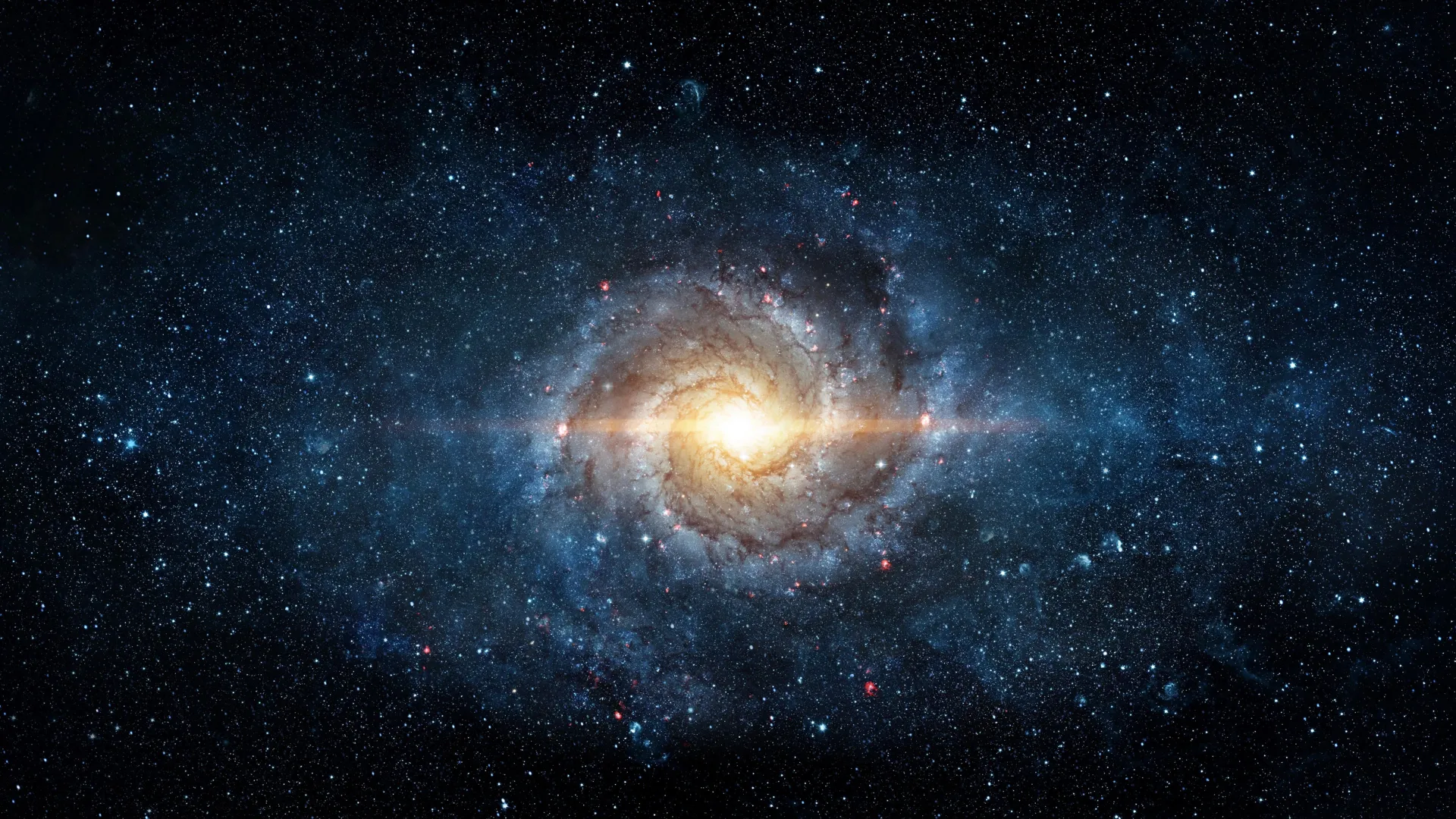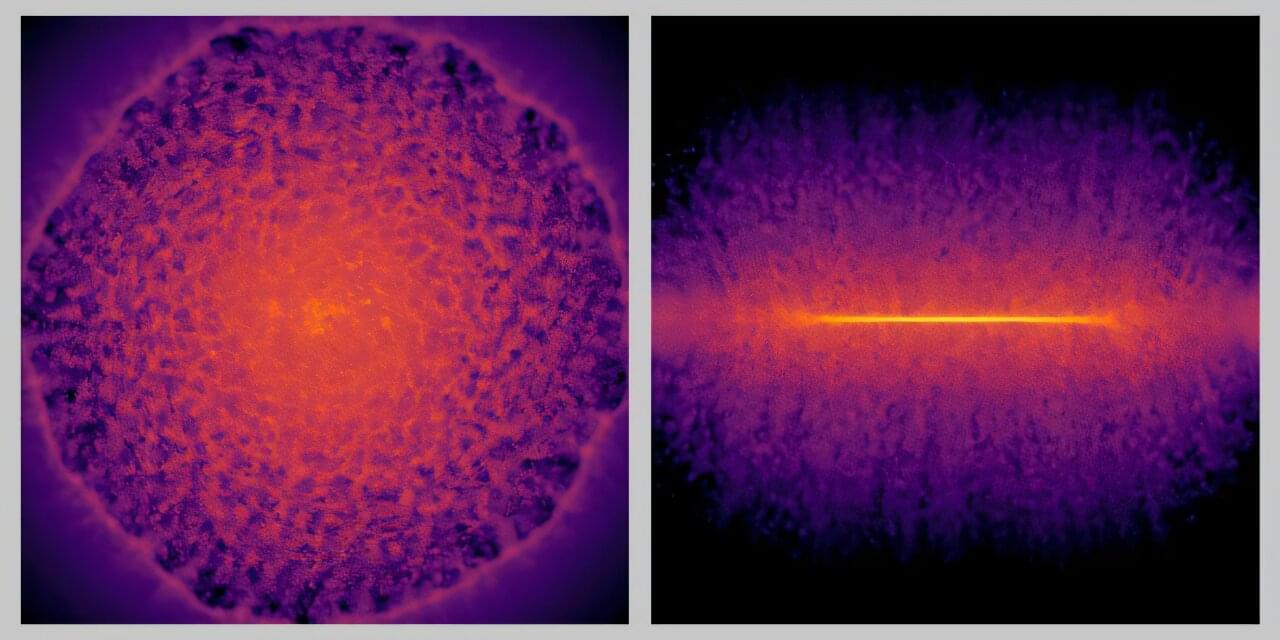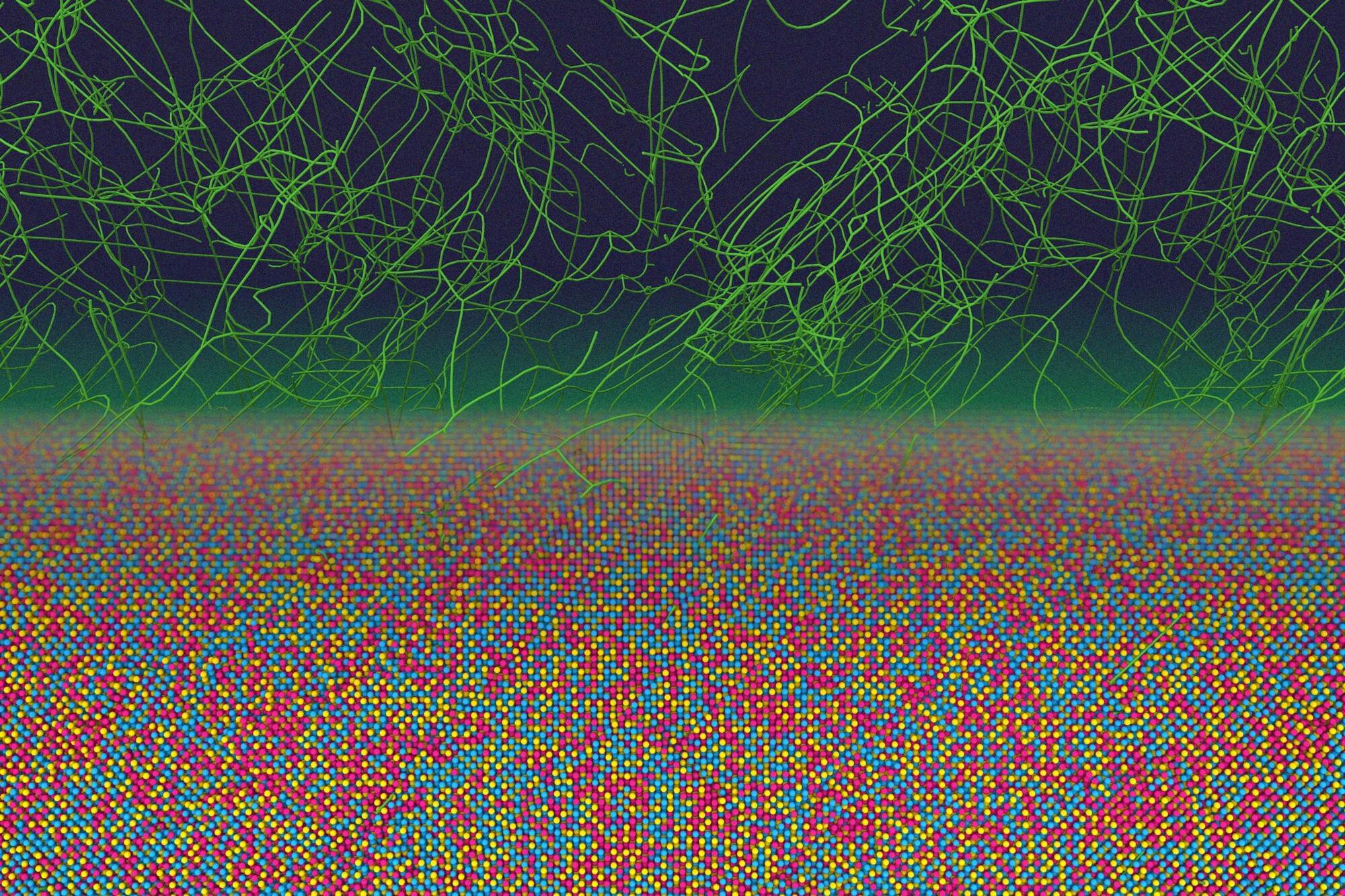Category: physics – Page 4

AI creates the first 100-billion-star Milky Way simulation
Researchers combined deep learning with high-resolution physics to create the first Milky Way model that tracks over 100 billion stars individually. Their AI learned how gas behaves after supernovae, removing one of the biggest computational bottlenecks in galactic modeling. The result is a simulation hundreds of times faster than current methods.

One Giant Leap for AI Physics: NVIDIA Apollo Unveiled as Open Model Family for Scientific Simulation
NVIDIA Apollo will provide pretrained checkpoints and reference workflows for training, inference and benchmarking, allowing developers to integrate and customize the models for their specific needs.
Industry Leaders Tap Into NVIDIA AI Physics
Applied Materials, Cadence, LAM Research Corp., Luminary Cloud, KLA, PhysicsX, Rescale, Siemens and Synopsys are among the industry leaders that intend to train, fine-tune and deploy their AI technologies using the new open models. These companies are already using NVIDIA AI models and infrastructure to bolster their applications.

A unified model of memory and perception: How Hebbian learning explains our recall of past events
A collaboration between SISSA’s Physics and Neuroscience groups has taken a step forward in understanding how memories are stored and retrieved in the brain. The study, recently published in Neuron, shows that distinct perceptual biases—long thought to arise from separate brain systems—can, in fact, be explained by a single, biologically grounded mechanism.
The research, led by professors Sebastian Goldt and Mathew E. Diamond, and first author Francesca Schönsberg (now a junior research chair at the École Normale Supérieure), brings together theoretical physics, computational modeling, and behavioral neuroscience to bridge decades of fragmented research on perceptual memory. Yukti Chopra and Davide Giana carried out laboratory experiments to provide the empirical data that the model was tested against.

Astronomers reveal flat ‘Diamond Ring’ in Cygnus X is a burst bubble remnant
An international team led by researchers from the University of Cologne has solved the mystery of an extraordinary phenomenon known as the “Diamond Ring” in the star-forming region Cygnus X, a huge, ring-shaped structure made of gas and dust that resembles a glowing diamond ring. In similar structures, the formations are not flat but spherical in shape. How this special shape came about was previously unknown.
The results have been published under the title “The Diamond Ring in Cygnus X: an advanced stage of an expanding bubble of ionized carbon” in the journal Astronomy & Astrophysics.


The simulated Milky Way: 100 billion stars using 7 million CPU cores
Researchers have successfully performed the world’s first Milky Way simulation that accurately represents more than 100 billion individual stars over the course of 10 thousand years. This feat was accomplished by combining artificial intelligence (AI) with numerical simulations. Not only does the simulation represent 100 times more individual stars than previous state-of-the-art models, but it was produced more than 100 times faster.
Published in Proceedings of the International Conference for High Performance Computing, Networking, Storage and Analysis, the study represents a breakthrough at the intersection of astrophysics, high-performance computing, and AI. Beyond astrophysics, this new methodology can be used to model other phenomena such as climate change and weather patterns.

Uncovering new physics in metals manufacturing
For decades, it’s been known that subtle chemical patterns exist in metal alloys, but researchers thought they were too minor to matter — or that they got erased during manufacturing. However, recent studies have shown that in laboratory settings, these patterns can change a metal’s properties, including its mechanical strength, durability, heat capacity, radiation tolerance, and more.
Now, researchers at MIT have found that these chemical patterns also exist in conventionally manufactured metals. The surprising finding revealed a new physical phenomenon that explains the persistent patterns.
In a paper published in Nature Communications today, the researchers describe how they tracked the patterns and discovered the physics that explains them. The authors also developed a simple model to predict chemical patterns in metals, and they show how engineers could use the model to tune the effect of such patterns on metallic properties, for use in aerospace, semiconductors, nuclear reactors, and more.

From Data to Physics: An Agentic Large Language Model Solves a Competitive Adsorption Puzzle
We show that an agentic large language model (LLM) (OpenAI o3 with deep research) can autonomously reason, write code, and iteratively refine hypotheses to derive a physically interpretable equation for competitive adsorption on metal-organic layers (MOLs)—an open problem our lab had struggled with for months. In a single 29-min session, o3 formulated the governing equations, generated fitting scripts, diagnosed shortcomings, and produced a compact three-parameter model that quantitatively matches experiments across a dozen carboxylic acids.
